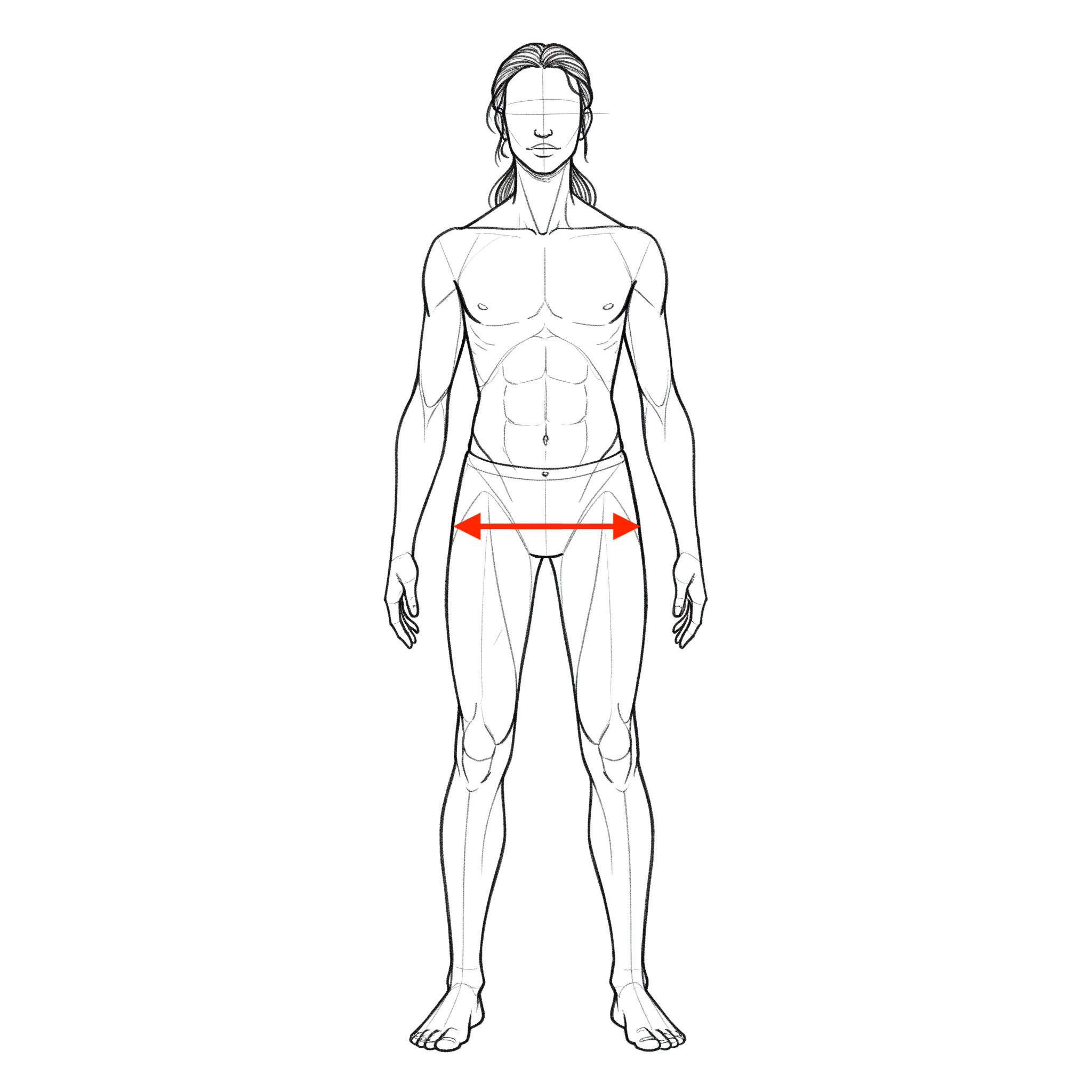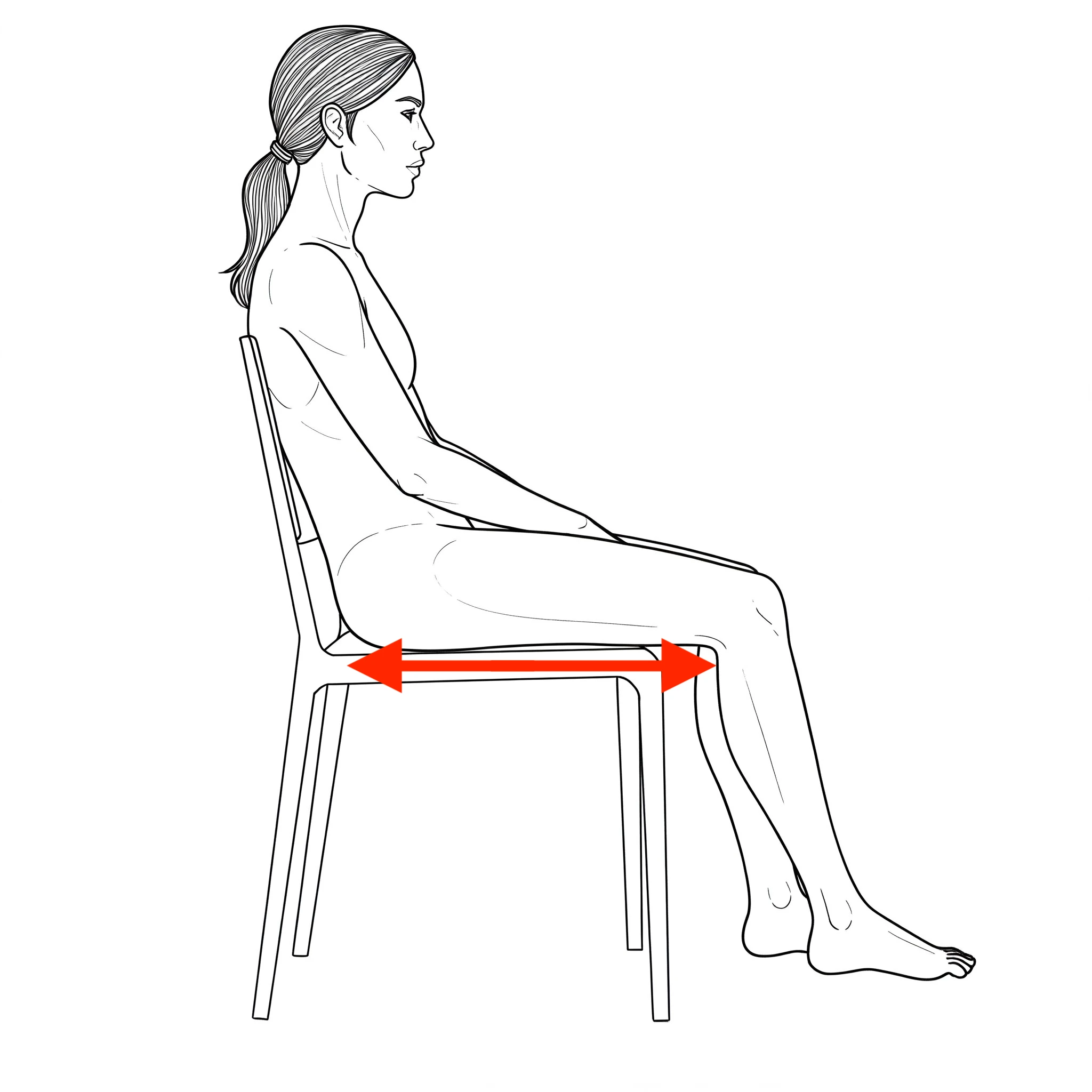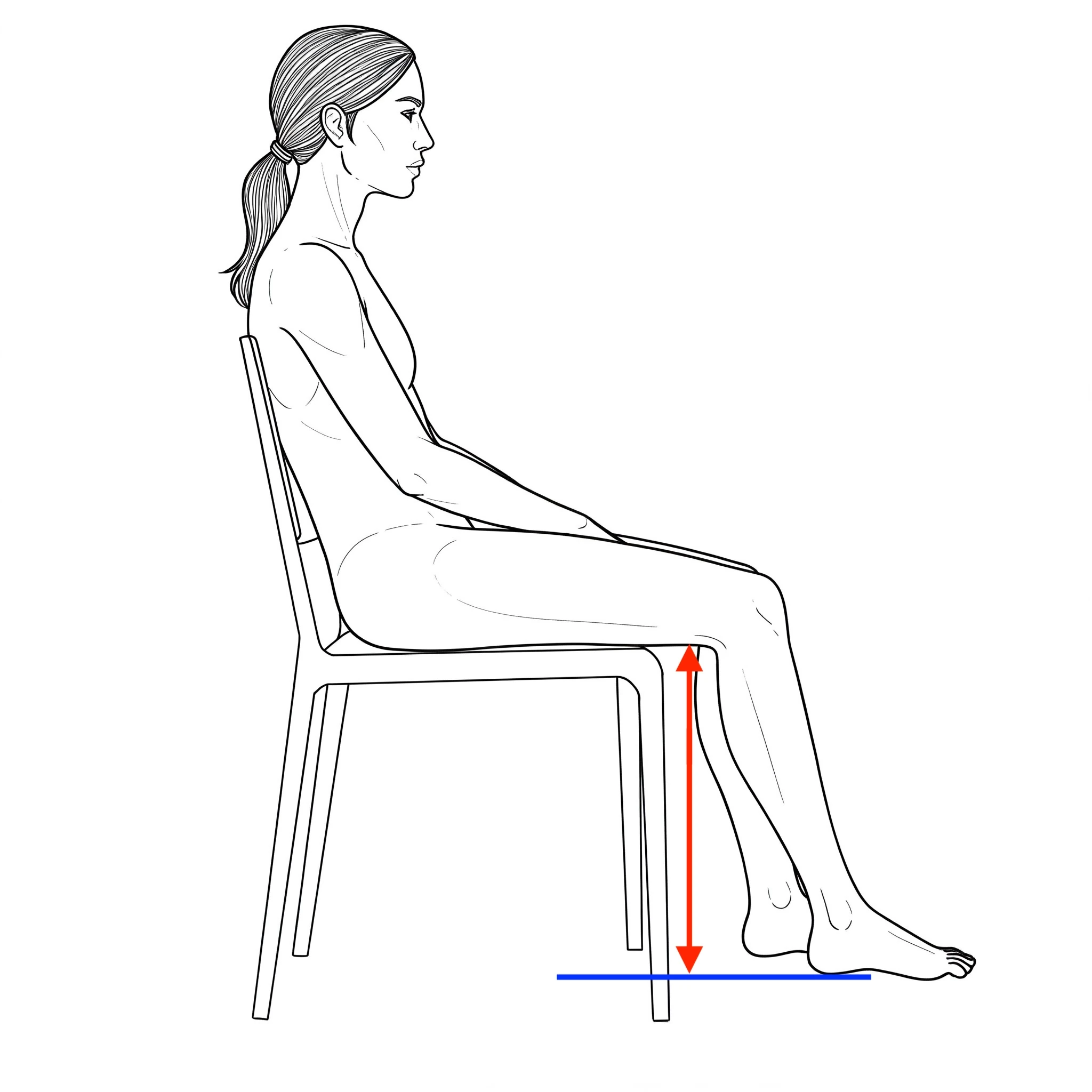Choosing the right wheelchair is crucial for comfort, mobility, and independence. But how do you know what size to get? Well, you don't need to be a medical professional to take accurate measurements! This guide breaks down the process into simple steps, so you can find the perfect fit.
Why Proper Measurement Matters
A wheelchair that's too wide can lead to poor posture and difficulty navigating tight spaces. One that's too narrow can cause discomfort and skin irritation. Getting the right measurements ensures the user is comfortable, supported, and safe.
What You'll Need
- A flexible measuring tape (the kind used for sewing is perfect)
- A chair (preferably a straight-backed one)
- A pen and paper for recording measurements
- The person you are measuring, wearing their usual clothing.
The Key Measurements
- Seat Width:
- Have the person sit in the chair with their hips as far back as possible.
- Measure the widest point across their hips or thighs.
- Add 1-2 inches to this measurement to allow for comfortable movement and clothing.
- This final number is your ideal seat width.
- Seat Depth:
- Have the person sit with their back against the chair.
- Measure from the back of their hip to the back of their knee.
- Subtract 1-2 inches from this measurement. This ensures the edge of the seat doesn't dig into the back of their knees, which can restrict circulation.
- This is your seat depth measurement.
- Leg Length/Seat-to-Floor Height:
- Have the person sit with their feet flat on the floor.
- Measure from the back of the knee to the heel of the foot.
- Add 2 inches to this measurement to allow clearance for the footrest.
- This is your seat-to-floor height.

Hip width measurement

Seat depth measurement

Leg length measurement
Good-To-Have measurements
- Back Height:
- Have the person sit with their back straight.
- Measure from the seat surface to the desired height on their back.
- A lower back height provides more mobility, while a higher back height offers more support.
- Consider the users needs when determining back height.
- Armrest Height:
- Have the person sit with their arms at there sides.
- Measure from the seat surface to the bottom of the elbow.
- Add 1 inch to this measurement. This is your armrest height.
Important Considerations
- Weight Capacity: Always check the wheelchair's weight capacity to ensure it can safely support the user.
- User's Needs: Consider the user's specific needs and lifestyle. Do they need a lightweight wheelchair for travel? Do they need extra support?
- Consult a Professional: While this guide helps with basic measurements, it's always best to consult with a healthcare professional or a wheelchair specialist for personalized recommendations, especially if the user has specific medical conditions. To do this, give us a call at (441) 777-5483.
After Measuring
- Use your measurements to compare them to wheelchair specifications.
- Check out some wheelchairs here; write if you have any questions. to us at contact@lhmeds.com if you have any questions.
- Visit our store to have the user try out different wheelchairs to find the most comfortable fit.